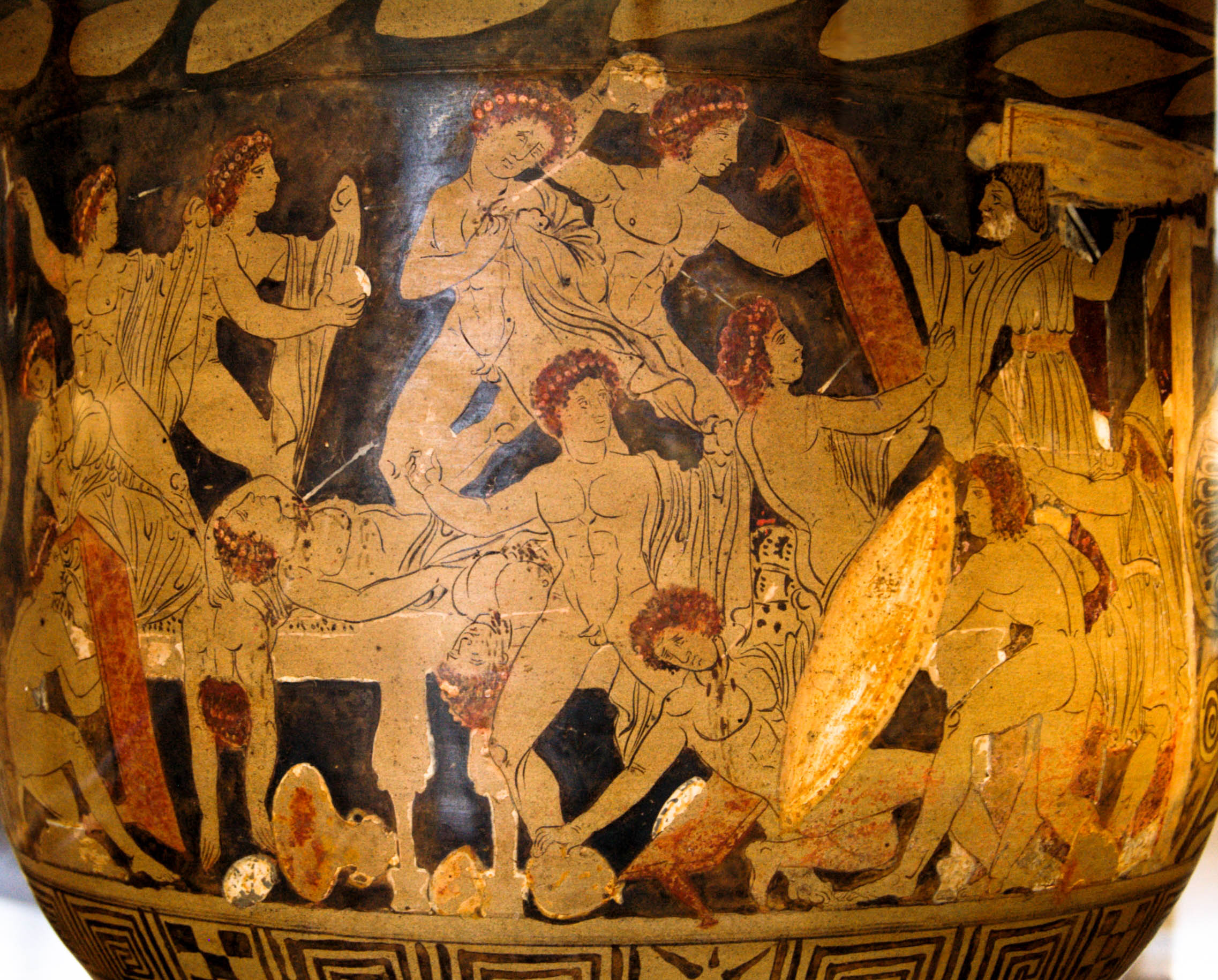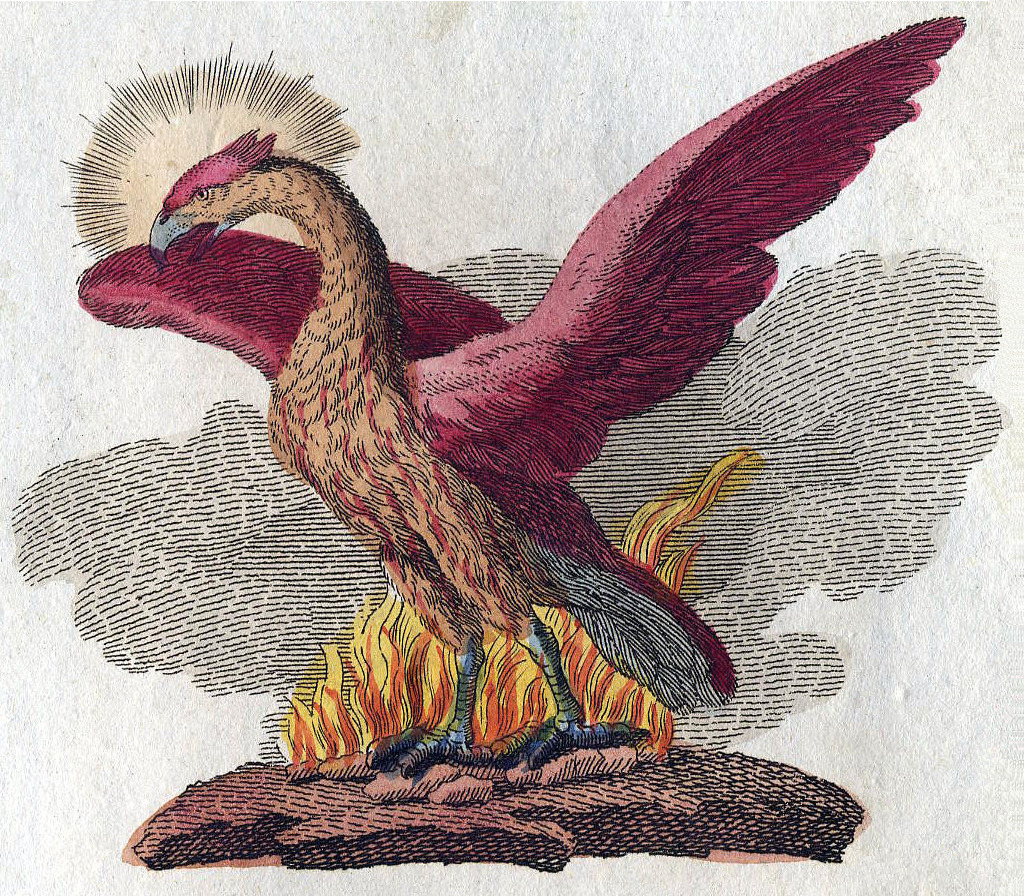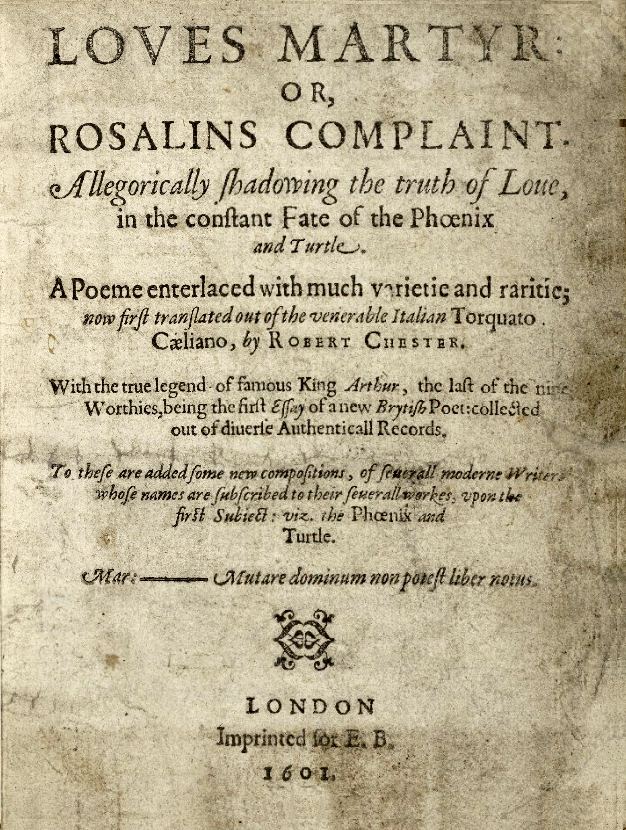|
Policeman Bluejay
''Policeman Bluejay'' or ''Babes in Birdland'' is a children's novel written by L. Frank Baum and illustrated by Maginel Wright Enright. First published in 1907, Jack Snow considered it one of the best of Baum's works. The Book In 1906 Baum wrote, and his publisher Reilly & Britton published, a set of six tales for young children, called ''The Twinkle Tales'' after their little-girl protagonist. The six were issued in separate chapbooks, but later collected into a volume titled ''Twinkle and Chubbins: Their Astonishing Adventures in Nature-Fairyland''. The series was a hit; Reilly & Britton sold 40,000 copies of the little books in a short time. Such commercial success justified a sequel: Baum took his Policeman Bluejay character from the Twinkle Tale "Bandit Jim Crow" and cast him in a separate novel, to be issued the following year. Baum published many works – adventure stories, melodramas, and juvenile novels — under pseudonyms; early experience had taught him that he en ... [...More Info...] [...Related Items...] OR: [Wikipedia] [Google] [Baidu] |
Maginel Wright Enright
Maginel Wright Enright Barney (June 19, 1877 – April 18, 1966) was an American children's book illustrator and graphic artist. She was the younger sister of Frank Lloyd Wright, architect, and the mother of Elizabeth Enright, children's book writer and illustrator. Life Wright Enright was born Margaret Ellen Wright in Weymouth, Massachusetts, the third child of William and Anna Wright. The name "Maginel" was a later creation of her mother's, a contraction of "Maggie Nell". At age two the family moved to Madison, Wisconsin. Ten years later they moved to Chicago, to be closer to Frank's architectural work, where she eventually attended the Chicago Art Institute. Her first job as a commercial artist was with the Barnes, Crosby Co. of Chicago, where her main task was catalog illustration. There she met Walter J. "Pat" Enright, another young artist, whom she married. Wright Enright gave birth to her daughter Elizabeth on September 17, 1907, in Oak Park, Illinois. The Enrights moved ... [...More Info...] [...Related Items...] OR: [Wikipedia] [Google] [Baidu] |
Lord Dunsany
Edward John Moreton Drax Plunkett, 18th Baron of Dunsany (; 24 July 1878 – 25 October 1957, usually Lord Dunsany) was an Anglo-Irish writer and dramatist. Over 90 volumes of fiction, essays, poems and plays appeared in his lifetime.Lanham, Maryland, USA, 1993: Rowman & Littlefield; Joshi, S.T. and Schweitzer, Darrell; Lord Dunsany: A Comprehensive Bibliography (Studies in Supernatural Literature series). Material has continued to appear. He gained a name in the 1910s as a great writer in the English-speaking world. Best known today are the 1924 fantasy novel, ''The King of Elfland's Daughter'', and his first book, ''The Gods of Pegāna'', which depicts a fictional pantheon. Born in London as heir to an old Irish peerage, he was raised partly in Kent, but later lived mainly at Ireland's possibly longest-inhabited home, Dunsany Castle near Tara. He worked with W. B. Yeats and Lady Gregory supporting the Abbey Theatre and some fellow writers. He was a chess and pistol champio ... [...More Info...] [...Related Items...] OR: [Wikipedia] [Google] [Baidu] |
1907 American Novels
Nineteen or 19 may refer to: * 19 (number), the natural number following 18 and preceding 20 * one of the years 19 BC, AD 19, 1919, 2019 Films * ''19'' (film), a 2001 Japanese film * ''Nineteen'' (film), a 1987 science fiction film Music * 19 (band), a Japanese pop music duo Albums * ''19'' (Adele album), 2008 * ''19'', a 2003 album by Alsou * ''19'', a 2006 album by Evan Yo * ''19'', a 2018 album by MHD * ''19'', one half of the double album ''63/19'' by Kool A.D. * ''Number Nineteen'', a 1971 album by American jazz pianist Mal Waldron * ''XIX'' (EP), a 2019 EP by 1the9 Songs * "19" (song), a 1985 song by British musician Paul Hardcastle. * "Nineteen", a song by Bad4Good from the 1992 album ''Refugee'' * "Nineteen", a song by Karma to Burn from the 2001 album ''Almost Heathen''. * "Nineteen" (song), a 2007 song by American singer Billy Ray Cyrus. * "Nineteen", a song by Tegan and Sara from the 2007 album '' The Con''. * "XIX" (song), a 2014 song by Slipknot. ... [...More Info...] [...Related Items...] OR: [Wikipedia] [Google] [Baidu] |
Animal Fairy Tales
''Animal Fairy Tales'' is a collection of short stories written by L. Frank Baum, the creator of the Land of Oz series of children's books. The stories (animal tales, comparable to Aesop's Fables or the ''Just-So Stories'' and ''Jungle Book'' of Rudyard Kipling) first received magazine publication in 1905. For several decades in the twentieth century, the collection was a "lost" book by Baum; it resurfaced when the International Wizard of Oz Club published the stories in one volume in 1969. The nine stories in the collection were printed in consecutive monthly issues of ''The Delineator'' (a popular women's magazine of the time) from January to September 1905. The tales were part of the magazine's regular feature, "Stories and Pastimes for Children", and primarily illustrated by Charles Livingston Bull; ''The Delineator'' published Baum's story "A Kidnapped Santa Claus" in December 1904 with illustrations by Frederick Richardson, who had begun illustrating Baum's serialized novel ... [...More Info...] [...Related Items...] OR: [Wikipedia] [Google] [Baidu] |
Animal Metaphor
An animal epithet is a name used to label a person or group, by association with some perceived quality of an animal. Epithets may be formulated as similes, explicitly comparing people with the named animal, as in "he is as sly as a fox", or as metaphors, directly naming people as animals, as in "he is a lyfox". Animal epithets may be pejorative, of negative character, or positive, indicating praise. Animal similes and metaphors have been used since classical times, for example by Homer and Virgil, to heighten effects in literature, and to sum up complex concepts concisely. Surnames that name animals are found in different countries. They may be metonymic, naming a person's profession, generally in the Middle Ages; toponymic, naming the place where a person lived; or nicknames, comparing the person favourably or otherwise with the named animal. History In the cultures of ancient Greece and ancient Rome, animal stereotypes grew until by the time of Virgil, animal epithets c ... [...More Info...] [...Related Items...] OR: [Wikipedia] [Google] [Baidu] |
The Parliament Of Bees
''The Parliament of Bees'' is the best-known of the works of the Elizabethan and Jacobean dramatist John Day. It was probably written some time between 1608 and 1616, but not published until 1641. The poem was entered into the Stationers' Register on 23 March 1641 and printed later in the year by the bookseller William Lee. The quarto is titled "The Parliament of Bees, with their Proper Characters. Or a beehive furnished with twelve honeycombs, as pleasant as profitable. Being an allegorical description of the actions of good and bad men in these our days. By John Day, sometimes student of Caius College in Cambridge". (Spellings modernized.) The quarto is dedicated to George Butler. The poem also exists in manuscript, identified as Lansdowne MS. 725. The manuscript's title is "An old manuscript containing the Parliament of Bees, found in a hollow tree in a garden in Hibla, in a strange language, and now faithfully translated into easy English verse by John Day, Cantabridg". ( ... [...More Info...] [...Related Items...] OR: [Wikipedia] [Google] [Baidu] |
John Day (dramatist)
John Day (1574–1638?) was an English dramatist of the Elizabethan and Jacobean periods. Life He was born at Cawston, Norfolk, and educated at Ely. He became a sizar of Caius College, Cambridge, in 1592, but was expelled in the next year for stealing a book. He became one of Philip Henslowe's playwrights, collaborating with Henry Chettle, William Haughton, Thomas Dekker, Richard Hathwaye and Wentworth Smith. There are 22 plays to which he is linked. However his almost incessant activity does not seem to have paid, to judge by the small loans, of five shillings and even two shillings, that he obtained from Henslowe. Little is known of his life beyond these small details, and disparaging references by Ben Jonson in 1618/19, describing him, (with Dekker and Edward Sharpham) as a "rogue" and (with Thomas Middleton and Gervase Markham) as a "base fellow". It may be indicative of his abilities that of all the writers who did a substantial amount of work for Henslowe's companies ... [...More Info...] [...Related Items...] OR: [Wikipedia] [Google] [Baidu] |
John Heath-Stubbs
John Francis Alexander Heath-Stubbs (9 July 1918 – 26 December 2006) was an English poet and translator. He is known for verse influenced by classical myths, and for a long Arthurian poem, ''Artorius'' (1972). Biography and works Heath-Stubbs was born at Streatham, London. The family later lived in Hampstead. His parents were Francis Heath-Stubbs, a non-practising, independently wealthy solicitor, and his wife Edith Louise Sara, a concert pianist under her maiden name, Edie Marr. His boyhood was largely spent near the New Forest.A. Curtis (2011): "Stubbs, John Francis Alexander Heath (1918–2006), poet", ''Oxford Dictionary of National Biography'' (Oxford, UK: OUP)Retrieved 25 July 2019./ref> The Stubbs family were gentry from Staffordshire; Heath-Stubbs's great-great-grandfather Joseph, a younger son, married Mary, the only child of a judge named Heath, this eventually becoming part of the family name. Heath-Stubbs stated in his autobiography ''Hindsights'' (1993), "In my ... [...More Info...] [...Related Items...] OR: [Wikipedia] [Google] [Baidu] |
Streptopelia
''Streptopelia'' is a genus of birds in the pigeon and dove family Columbidae. These are mainly slim, small to medium-sized species. The upperparts tend to be pale brown and the underparts are often a shade of pink. Many have a characteristic black-and-white patch on the neck and monotonous cooing songs. The heartland of this genus is Africa, but several species occur in tropical South Asia. As a group, this genus is highly successful; many species are abundant in a range of habitats in the tropics and two now have a much more extensive distribution. The Eurasian collared dove (''Streptopelia decaocto'') naturally expanded out of its original range of the warmer temperate regions from southeastern Europe to Japan to colonise the rest of Europe, reaching as far west as Great Britain by 1960 and Ireland soon after. It has also been introduced into the U.S. and, as of 1999, it had been reported from 22 states and was still spreading rapidly. Taxonomy The genus ''Streptopelia'' was i ... [...More Info...] [...Related Items...] OR: [Wikipedia] [Google] [Baidu] |
Phoenix (mythology)
The phoenix is an immortal bird associated with Greek mythology (with analogs in many cultures) that cyclically regenerates or is otherwise born again. Associated with the sun, a phoenix obtains new life by rising from the ashes of its predecessor. Some legends say it dies in a show of flames and combustion, others that it simply dies and decomposes before being born again. In the ''Motif-Index of Folk-Literature'', a tool used by folklore studies, folklorists, the phoenix is classified as motif B32.Thompson. (2001: 581). The origin of the phoenix has been attributed to Ancient Egypt by Herodotus and later 19th-century scholars, but other scholars think the Egyptian texts may have been influenced by classical folklore. Over time the phoenix motif spread and gained a variety of new associations; Herodotus, Lucan, Pliny the Elder, Pope Clement I, Lactantius, Ovid, and Isidore of Seville are among those who have contributed to the retelling and transmission of the phoenix motif. Ov ... [...More Info...] [...Related Items...] OR: [Wikipedia] [Google] [Baidu] |
The Phoenix And The Turtle
''The Phoenix and the Turtle'' (also spelled ''The Phœnix and the Turtle'') is an allegorical poem by William Shakespeare, first published in 1601 as a supplement to a longer work, ''Love's Martyr'', by Robert Chester. The poem, which has been called "the first great published metaphysical poem", has many conflicting interpretations. The title "The Phoenix and the Turtle" is a conventional label. As published, the poem was untitled. The title names two birds: the mythological phoenix and the turtle dove. The poem describes a funeral arranged for the deceased Phoenix and Turtledove, to which some birds are invited, but others excluded. The Phoenix and Turtledove are emblems of perfection and of devoted love, respectively. The traditional attribute of the Phoenix is that when it dies, it returns to life, rising from the ashes of its prior incarnation; the Turtledove, by contrast, is mortal. The poem states that the love of the birds created a perfect unity which transcended ... [...More Info...] [...Related Items...] OR: [Wikipedia] [Google] [Baidu] |
William Shakespeare
William Shakespeare ( 26 April 1564 – 23 April 1616) was an English playwright, poet and actor. He is widely regarded as the greatest writer in the English language and the world's pre-eminent dramatist. He is often called England's national poet and the " Bard of Avon" (or simply "the Bard"). His extant works, including collaborations, consist of some 39 plays, 154 sonnets, three long narrative poems, and a few other verses, some of uncertain authorship. His plays have been translated into every major living language and are performed more often than those of any other playwright. He remains arguably the most influential writer in the English language, and his works continue to be studied and reinterpreted. Shakespeare was born and raised in Stratford-upon-Avon, Warwickshire. At the age of 18, he married Anne Hathaway, with whom he had three children: Susanna, and twins Hamnet and Judith. Sometime between 1585 and 1592, he began a successful career in London as an ... [...More Info...] [...Related Items...] OR: [Wikipedia] [Google] [Baidu] |






